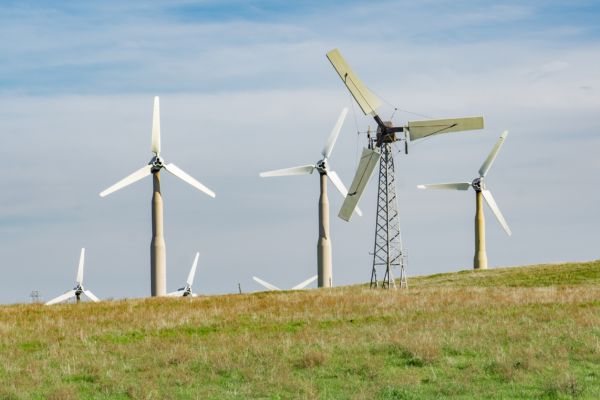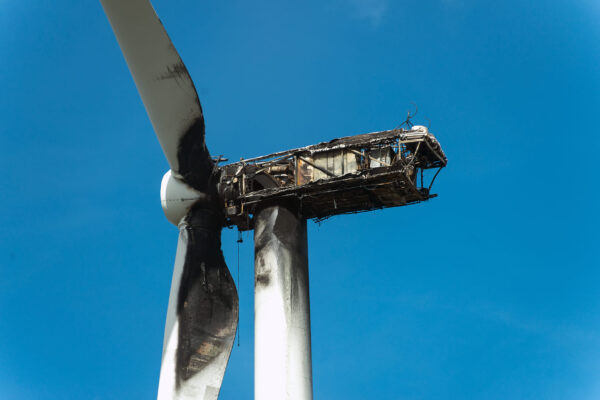Inventory management is often overlooked in the wind energy industry. This stands to reason, as any money spent on spare parts would, at face value, appear to be an investment that is not creating profit. However, not having replacement components when required can potentially cause significant complications.
Firstly, if a crucial turbine component fails and the company has no back-up, it will likely lead to extended downtime – especially if there is a long waiting time for delivery. This can result in a substantial loss of earnings. On the other hand, companies can invest too heavily in spare parts that they may never require. So how can modern wind power enterprises find the right balance?
Here are some of the key factors to consider for spare parts management:
- Having effective maintenance procedures in place:
By using a clearly structured maintenance approach, such as condition-based maintenance, operators have greater transparency over the condition of equipment. This enables them to predict more accurately when components will need to be replaced. Therefore, it is easier to order parts according to actual needs and avoid tying money up in spare parts with no plan in place.
- Evaluating requirements for parts:
Each spare part is different and has a different level of importance. Classifying components based on their significance and the frequency of replacement is a vital strategy to have in place. Parts can be broadly split into three groups, and operators can make decisions and prioritize based on their individual needs.- Consumables – The shorter-lived and least critical components, such as lubricants and rubber parts.
- Operational – A breakdown for one of these parts would have more serious implications than for a consumable. Examples include couplings and electric motors.
- Insurance – Machine-critical components, such as gearboxes. These are often expensive and are not expected to fail frequently. If one of these parts breaks down, it will likely lead to a complete standstill.
- Recording inventory correctly:
Without an organized inventory, companies run the risk of recording the same component under different names. For example, if a warehouse employee enters a product name, they may use a different naming format to someone else. As duplicates add up over time, they become harder to keep track of. Moreover, with upgrades to machinery, older parts can become obsolete. It is therefore important to have a method for clearly identifying and managing spare components. The solution to this is using software that consistently and automatically identifies and names products based on their features.
- Managing storage facilities properly:
Linked to inventory management is spare parts storage. Many parts need to be kept in certain conditions. For example, perishable items, such as lubricants, must be protected against moisture. Failure to do so can lead to parts wearing before they have even been used. Additionally, as all stock needs to be insured, having too many spare parts leads to unnecessarily high costs. Operators could find themselves paying to insure components that they may not use for a long time, or possibly not at all.
Clearly define your strategy with expert guidance
Overall, it is key for companies to have an effective plan for managing spare parts that works in harmony with a maintenance strategy. Often, it is best to turn to a company that specializes in spare parts management. By relying on the expertise of a third party, wind energy organizations have more time to focus on their core business and do not end up with a problematic spare parts situation.



